
Sign in to your ScreenRant account
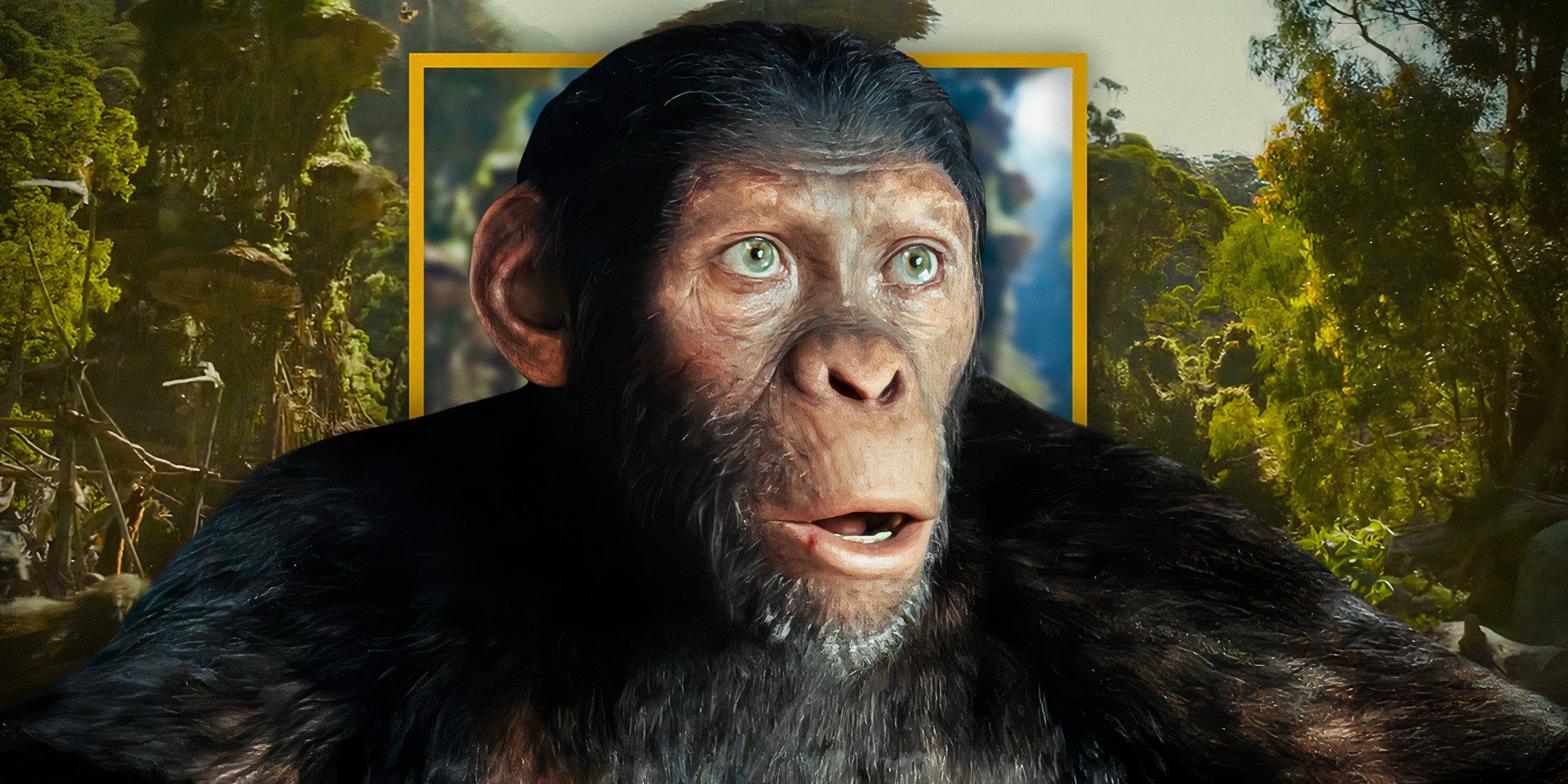 Custom Image by Yailin Chacon
Custom Image by Yailin Chacon
Kingdom of the Planet of the Apes has not only brought the franchise back to epic form, but is also looking to break its streak with its Oscars nomination for Best Visual Effects. As with the previous installments, Weta Digital returned to create the stunning ape characters, with Erik Winquist returning as a VFX Supervisor after serving in the same position on the three prior films. This also netted him an Oscar nomination with Dawn of the Planet of the Apes' VFX, while his being slightly down the totem pole saw others nominated for the other two films.
While many creatives returned from the previous films, though, Kingdom of the Planet of the Apes took viewers generations into the future after War's ending with a new creative team behind it, including director Wes Ball, the third in the series after Rise's Rupert Wyatt and Matt Reeves on the latter two. Unlike said directors, Ball originally came from the world of CGI and visual effects, thus giving him and the Weta team a unique shared language that allowed for a seamless production process. Though many of the processes didn't change, there were some new innovations to creating the ape-filled world.
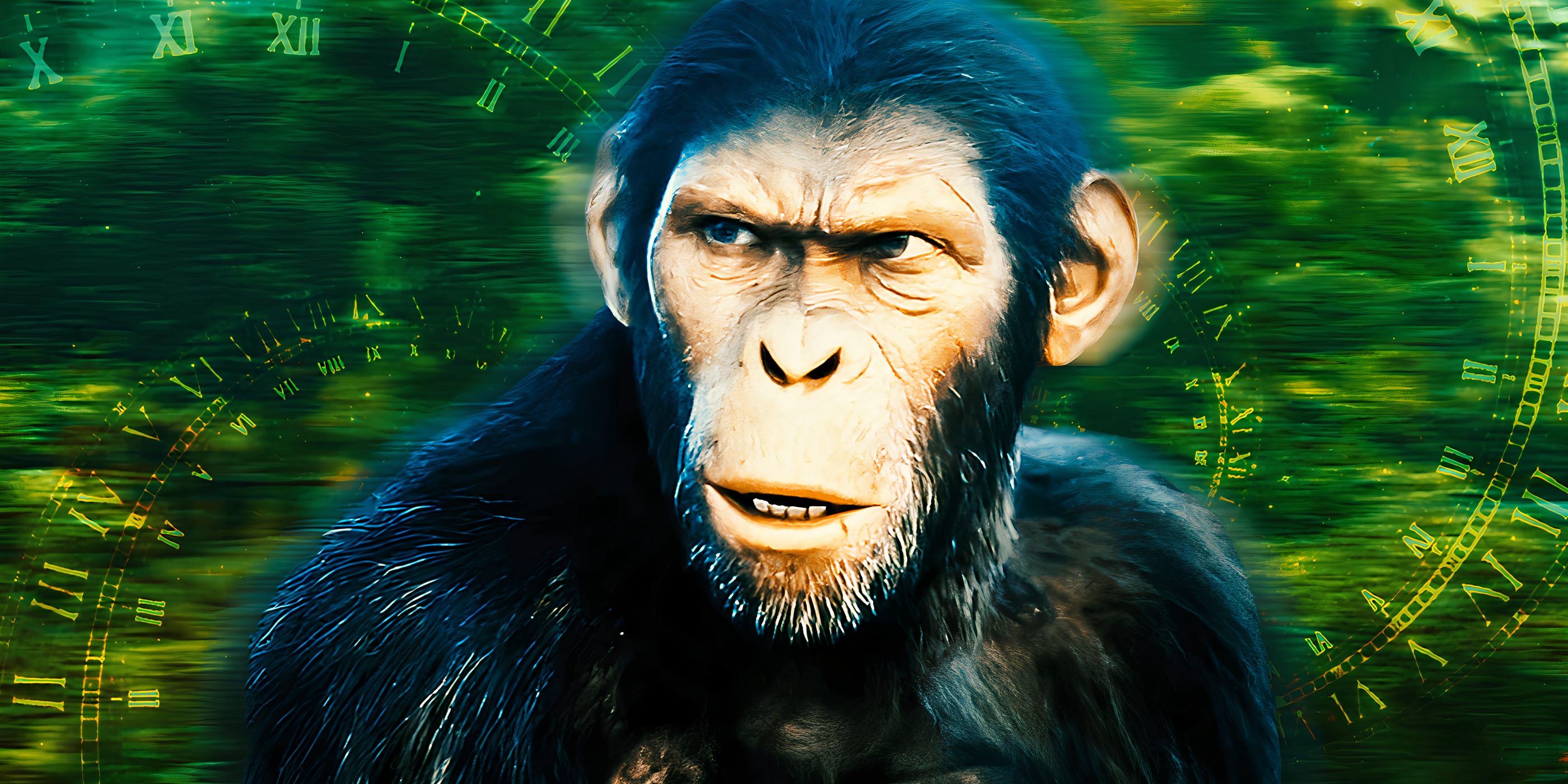
Related
When Kingdom Of The Planet Of The Apes Is Set & How Far We Are From The Original Movie
2024's Kingdom of the Planet of the Apes takes place hundreds of years after Caesar's heartbreaking death in War for the Planet of the Apes.
In honor of the movie's Oscars nomination and campaign, ScreenRant interviewed VFX Supervisor Erik Winquist to discuss Kingdom of the Planet of the Apes. The Weta veteran expressed his appreciation for getting to work with Ball and the director's vocal celebration of the VFX teams' work on the film, while also recalling the unique new technology he and his team got to utilize for bringing the apes to life in the film, as well as reflecting on one sequence that proved particularly challenging for blending CGI and practical effects.
Ball's VFX Past Offered An Interesting Dynamic For Winquist & His Team
"...he comes from our world."
Much like its predecessors, Kingdom of the Planet of the Apes finds itself up for an Oscars nomination for Best Visual Effects, continuing the franchise's perfect streak of nominations, though none have landed the victory yet. While Winquist acknowledges that the competition for this year's award is very fierce as the movie faces off against fellow 20th Century Studios title Alien: Romulus, Better Man, Dune: Part Two and Wicked, he is thoroughly honored to be nominated alongside them:
Erik Winquist: We're thrilled. I mean, this is the peak of it all, right? The nomination is just a signal from our peers in the industry that this is among the best stuff that was done in the year. And that's saying a lot, because that's a pretty packed field. I think the nominees this year are incredibly strong, so it's gonna be an interesting contest.
When it comes to looking back on his working relationship with Wes Ball, particularly how it compares with that of Wyatt and Reeves after he was part of the VFX teams for the first three films, Winquist assures the objective was still largely the same among all of the film's creatives in being able to "faithfully translate" the actors' performances. That said, he did note that he also treasures Ball's vocal support of the VFX teams' work after the director came up from the same side of filmmaking:
Erik Winquist: Working on all of these films has been fantastic for all sorts of different reasons, and the thing that was really interesting with Wes is he comes from our world. I mean, he got his Maze Runner films off the back of an animated film that he did himself. So, the world of visual effects and 3D animation is something that he's certainly familiar with. Obviously, he's been directing for a number of years now, so he's not actively on the box as much as then, but he's still incredibly active. He's a huge fan of Unreal Engine, for example, and that was a lot of our kind of conversations at the beginning of this project.
But I think the fact that he is familiar with the process of animation and visual effects made a lot of our conversations through the entire process, from prep all the way through to finish, really easy. We share a language, in that sense, so I didn't have to spend a lot of time trying to explain where we are with this particular shot, or why it looks the way that it does at this stage, he gets that innately. So, because of that, because he's one of us, so to speak, I think there was a camaraderie within the entire team that was working on it here at Weta. And everybody just understood that we were all working on something quite special.
And the thing that's also beautiful, too, is just he's got so much respect for the work that we've done. This is now his, I think he likes to say, three-and-a-half movies with us, not counting Mouse Guard that got canceled. But he gets our process, and he's just so incredibly proud of the work. For all of us to hear him shouting from the rooftops how proud he is of the work that was done on the film is just a huge pat on the back, and it's kind of a beautiful contrast to so much of what we see these days, where filmmakers try to pretend that there's no visual effects in their movie. It's the polar opposite of that, and it's so refreshing.
The Kingdom Team Mostly Kept The Same Approach For The Apes (With 1 Innovative Twist)
"...all of their time was able to be spent focusing on the nuance..."
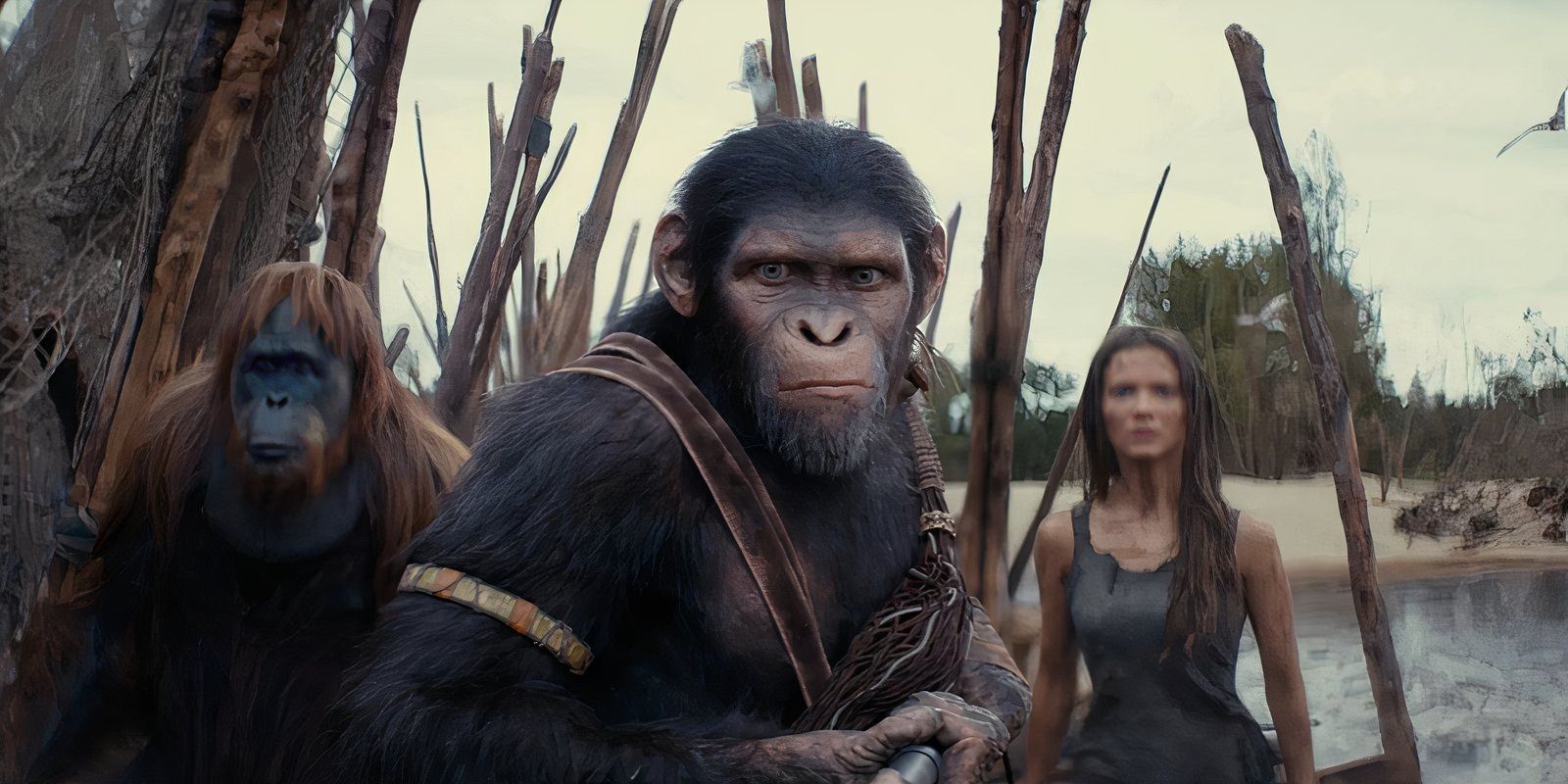
While it's already been nearly a decade since the previous movie came out, Winquist says most of the VFX process for Kingdom of the Planet of the Apes didn't really change, as it was still about ensuring that they were "faithfully" translating the performances of the actors. However, he did detail a major new innovation he and his team were able to utilize that not only allowed them to streamline the facial animation process, but also better focus on including the emotional nuance of the characters:
Erik Winquist: No, not really, because I think our mission is to faithfully translate the performance, the intent of the performance, of what the actors and Wes were working on together, to find the truth in any given moment on the day. So our process is as it has been. We get incredibly talented actors in a suit, and they work with a director to sort of block the scene and figure out and explore in the same way as you would with any film. I mean, this is no different, performance capture is no different, apart from the fact that they're not wearing a costume, they're wearing a mo-cap suit, and in the sense of the actual filmmaking process.
So, from then, our job was complicated, I guess, on this one a bit further, because all of our cast were speaking roles in this one, where there's a lot of sign language in the previous trilogy. There were certainly, you remember, Bad Ape and chatty characters like that, but a lot of the setup for the Caesar trilogy was a lot of sign language, where here, all of our new dozen hero-level characters were all speaking roles. So, that requirement to have all of that heavy facial animation to support all that meant that we had to find a more efficient way to deal with the facial animation process. So, for this film, the first time on our A characters, we rolled in the latest version of our facial deep learning solver, which really gave us a leg up in the sense that it took the movement of those dots on the actors' faces, and a neural network was essentially trained by the animators to learn the relationship between when an actor does this, it means the character does that.
Because it's never one-to-one mapping. And what that really gave us, especially because, as we went through the process, essentially the brain, so to speak, of that neural net learned as it was fed more and more material. It would get better and better at the first pass of that animation, which basically meant that our facial animators, all of their time was able to be spent focusing on the nuance, and not the nuts and bolts, because that's where we found, in the past — because all the previous films were still using head-mounted cameras on our actors, and we had that reference there — the actual animation itself was more of a hand key framed to match that reference. Whereas here, we could actually have the facial solver take the first pass, and then the animator could pick up on top of that and just really focus on the subtleties.
And for every moment in a performance on screen, we could spend all of our time talking about the effect of it all, the emotional hit that we get from the actor. "Am I getting the same emotional hit from the ape character? And if not, then we've still got some work to do." So that thing was great. It allowed us to tackle the much greater amount of dialog and things on this one with a similarly sized team to the previous movies, which was great.
Raka's Heartbreaking Death Scene Proved One Of The More Challenging For Winquist & His Team
One Detail Also Frequently Changed Throughout The Post-Production Process
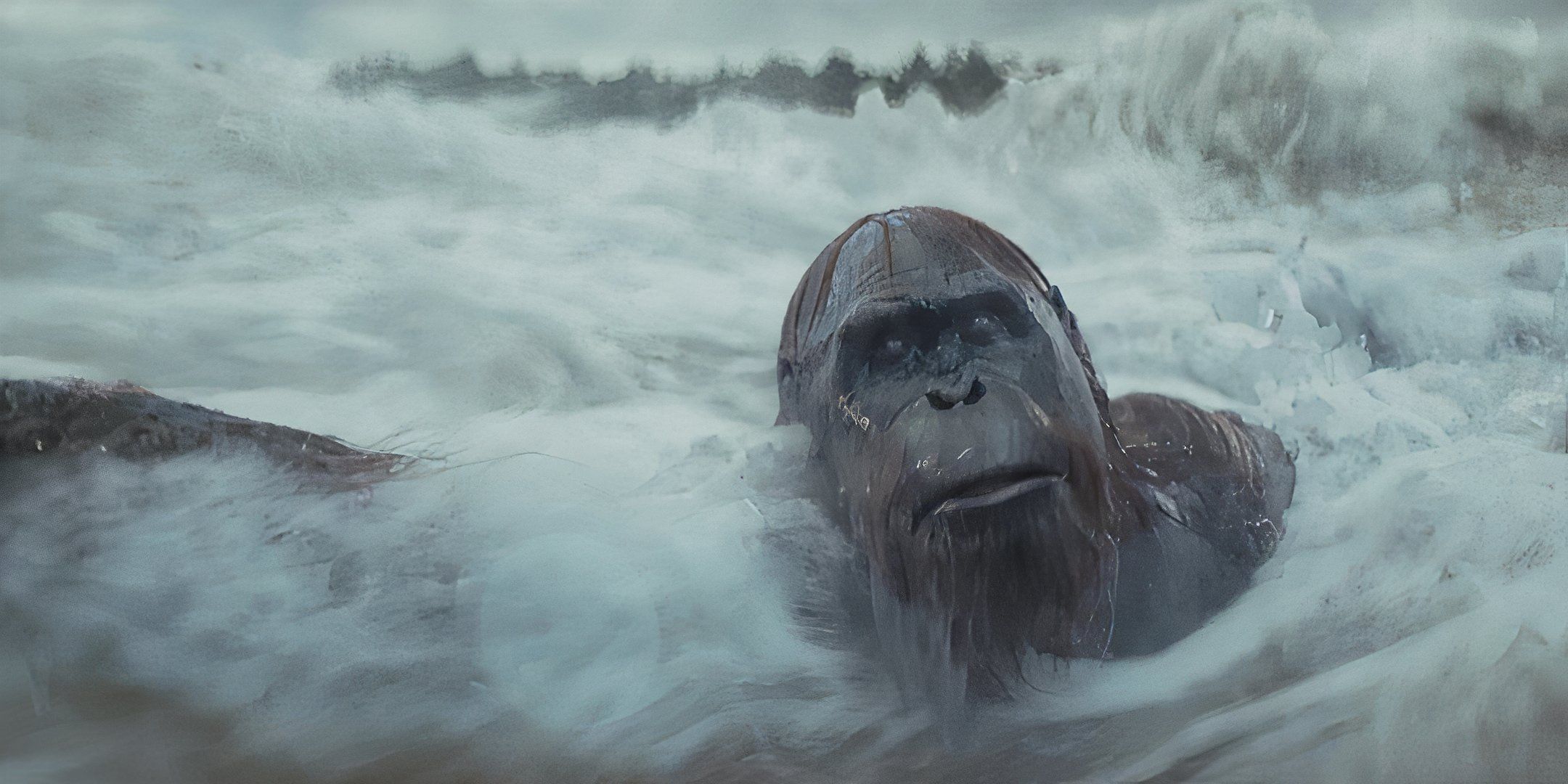
One of the biggest elements to come from Kingdom of the Planet of the Apes' natural setting is the greater inclusion of water throughout, with one of the more notable scenes to include it being that of Raka's death as he sacrifices himself to save Freya Allan's Mae from being sucked into rapids. In reflecting on the sequence with us, Winquist acknowledged that was one of the trickier to put together, thanks to a combination of wet fur simulations, water simulations and that the real river they shot it near was completely still:
Erik Winquist: Yeah, and that was, again, a lot of this comes back to just working with those actors and putting them in the situations where that can come to the fore. Because, on the page, obviously it was clear that we were going to have a number of situations where we had wet apes to deal with, and the river is one of those. And obviously, there's a big flood at the end of the movie that really amps that up again. But for the river sequence, we have a scene here where our human character, Freya Allan playing Mae, she's got to be in the water with Raka, as well. So this was something where we were going to need to have real water, at least a section of fast-moving water that could be rushing past Freya to really amp up and get her, literally, soaking wet.
And then, the challenge, of course, was having to take Peter Macon's performance, who was in the water with her — because, obviously, Raka helps her up to rescue her from that river, and in doing so, has consequences for him. But the setup of that, as with so much in this movie, was all about wanting to shoot as much as we could for real, even if it meant knowing that we were probably going to be replacing most, if not all, of the photography for certain parts of it. Here, we wanted that water tank, so our colleagues in the special effects department cooked [that] up. We had a back lot set for a partial bridge that most of the scene takes place on. And obviously, once they end up in the water, they're in a real tank that had a big Weir wall and pumps that were really rushing water past the cast.
From there, it became the big challenge of working through the sequence and figuring out, for those close-up shots, how much of the real water were we going to keep, and where do we need to start our digital extension? Because, as you mentioned, we found a location in Australia that had a beautiful environment around it, but the river itself was dead calm. It was barely moving, so that didn't work for the reality of that scene, but either way, we were going to need to be doing digital rapids to make this work from a storytelling standpoint. So, what it meant was we had to do basically a half a mile of river rapid simulations. And the way that our effects team had set that up, it allowed us to really art direct a lot of the water features in there, which is really important, because for that big moment where we lose Rakka, we had to set up, earlier in the sequence, that there was a very dangerous body of water feature there that he was possibly not going to survive if he were to lose it.
So, the art direct ability of that scene was key, as well. I think, when it all came together, we wind up with the effects department, working with the creatures department, working with the animation department, in a really circular, really sort of connected and coupled way, where the effects department generated a low-res river simulation for that area around the bridge animation, then used that to place where Rakka was going to be in the water when they handed that off to our creatures team, who does the body simulation and the hair and all that stuff. That hair could reference the waterflow that was in the river simulation to sort of direct how all of his long hair was moving. Once that was done, that went back to the effects department, because then they had to take that final high-res hair, and then work through all of the water that he's fully saturated, right?
So, we needed to simulate, every time he lifted his arm out of the water, you need to see the water drain out of all of that hair and affect it, as well. So it required a huge amount of collaboration and coordination and communication between all of the various departments at Weta that were contributing to that scene to keep things efficient. And then, the funny thing was, that moment that you're speaking of, Raka's last words to Noa in the movie, Wes changed his mind a couple of times in terms of what that was going to be. Because we shot it one way in Australia, and then we did it again during some additional photography, you know, pickups here in Wellington on the mo-cap stage. And then, in the final delivery of it, Wes, when they were really working through this in the edit, realized that we just need to make another change.
So, we actually had Peter record himself on his phone, and that became the performance that we finally put in the movie, but all of that had to be worked into this complex process I was describing with only just weeks to go before the end of our delivery process. So, it was a white-knuckle ride towards the end of that shot. But it was so critically important for the emotional impact of that moment in the movie that it was absolutely worth doing so.
About Kingdom Of The Planet Of The Apes
Director Wes Ball breathes new life into the global, epic franchise with this action-adventure spectacle from 20th Century Studios. Set several generations in the future following Caesar’s reign, apes are living harmoniously as the dominant species — and humans have been reduced to living in the shadows. As a new tyrannical ape leader builds his empire, one young ape undertakes a harrowing journey that will cause him to question all that he has known about the past and to make choices that will define a future for apes and humans alike.
Check out our previous Kingdom of the Planet of the Apes interviews with:
- Owen Teague
- Wes Ball (WonderCon)
- Owen Teague, Kevin Durand & Alain Gauthier
- Peter Macon & Freya Allan
- Wes Ball (pre-release)
- Owen Teague, Freya Allan, Kevin Durand & Peter Macon (San Diego Comic-Con 2024)
- Halon Entertainment Visualization Supervisor Casey Pyke, Erik Winquist & Editor Dan Zimmerman (San Diego Comic-Con 2024)
Kingdom of the Planet of the Apes is now available on 4K Ultra-HD, Blu-ray, DVD and to stream on Hulu and Disney+!
Source: ScreenRant Plus
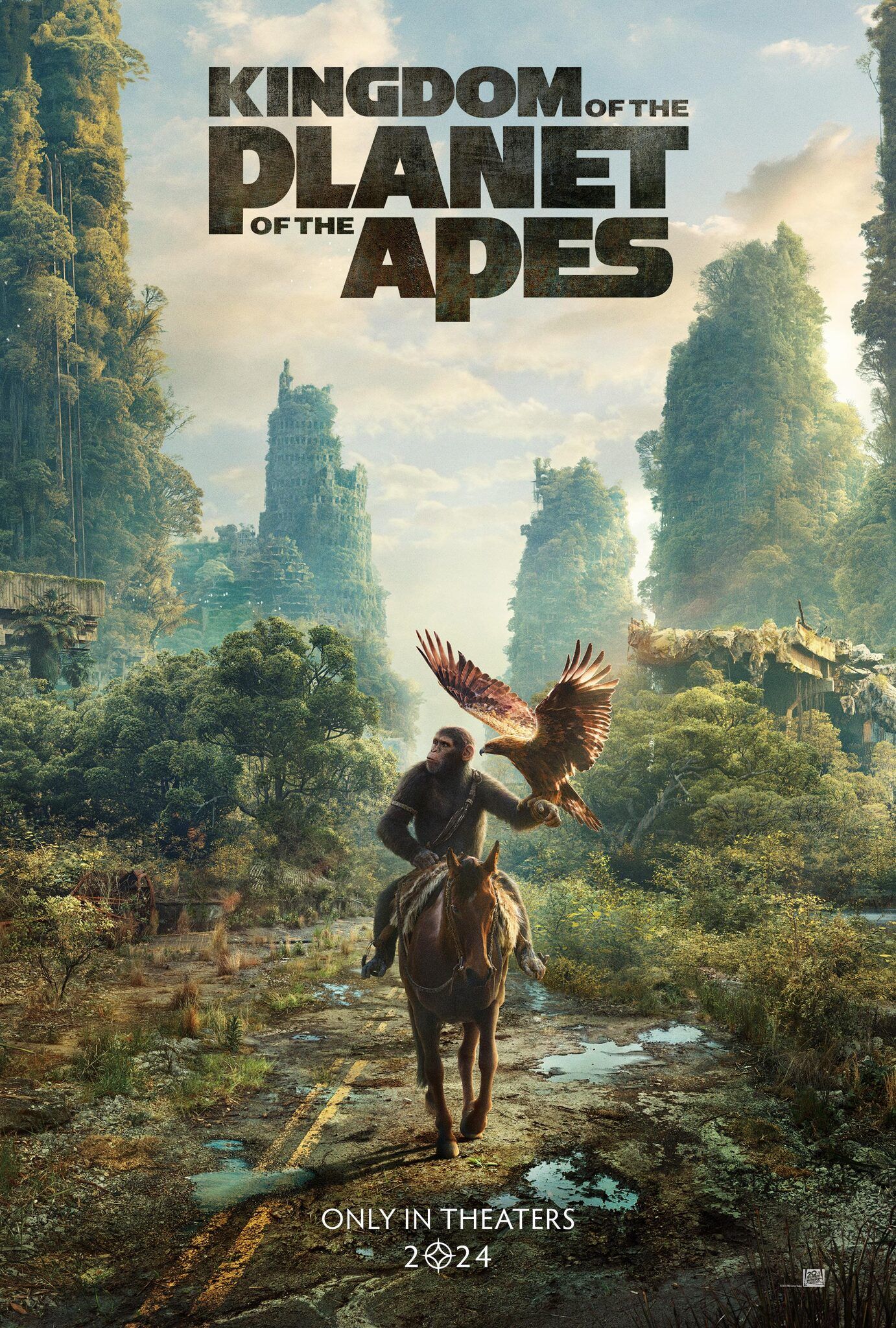
Kingdom of the Planet of the Apes
8/10
Release Date May 10, 2024
Runtime 145 Minutes
Director Wes Ball
Writers Patrick Aison, Josh Friedman, Rick Jaffa, Amanda Silver






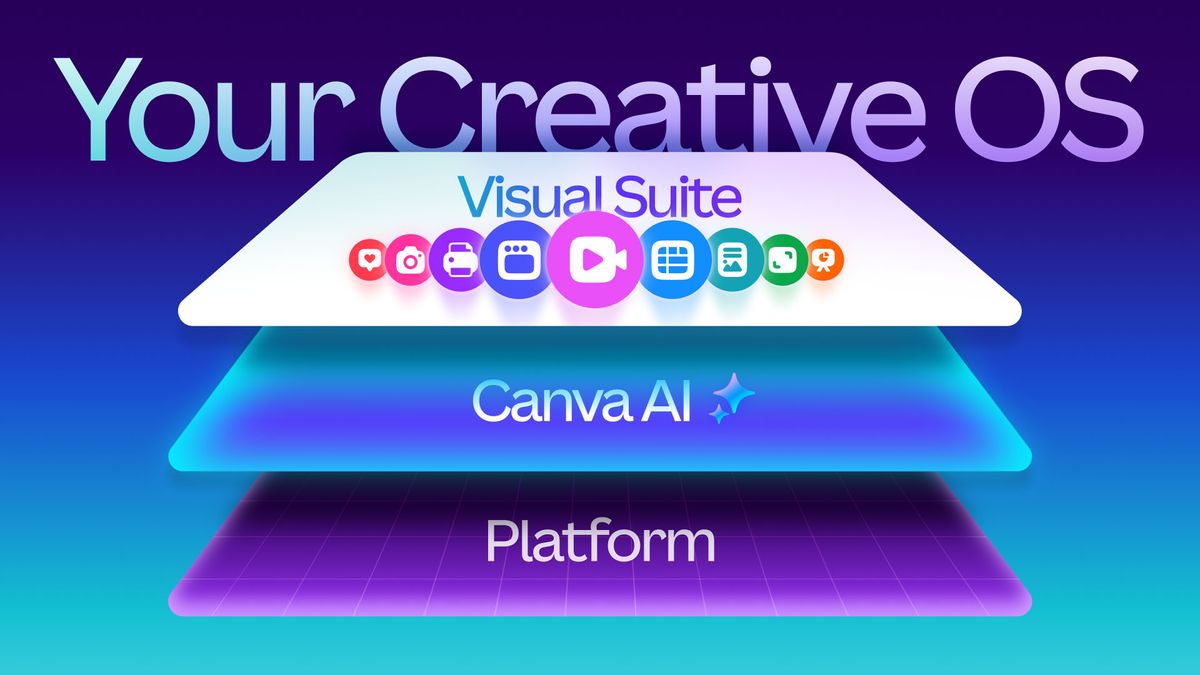


 English (US) ·
English (US) ·